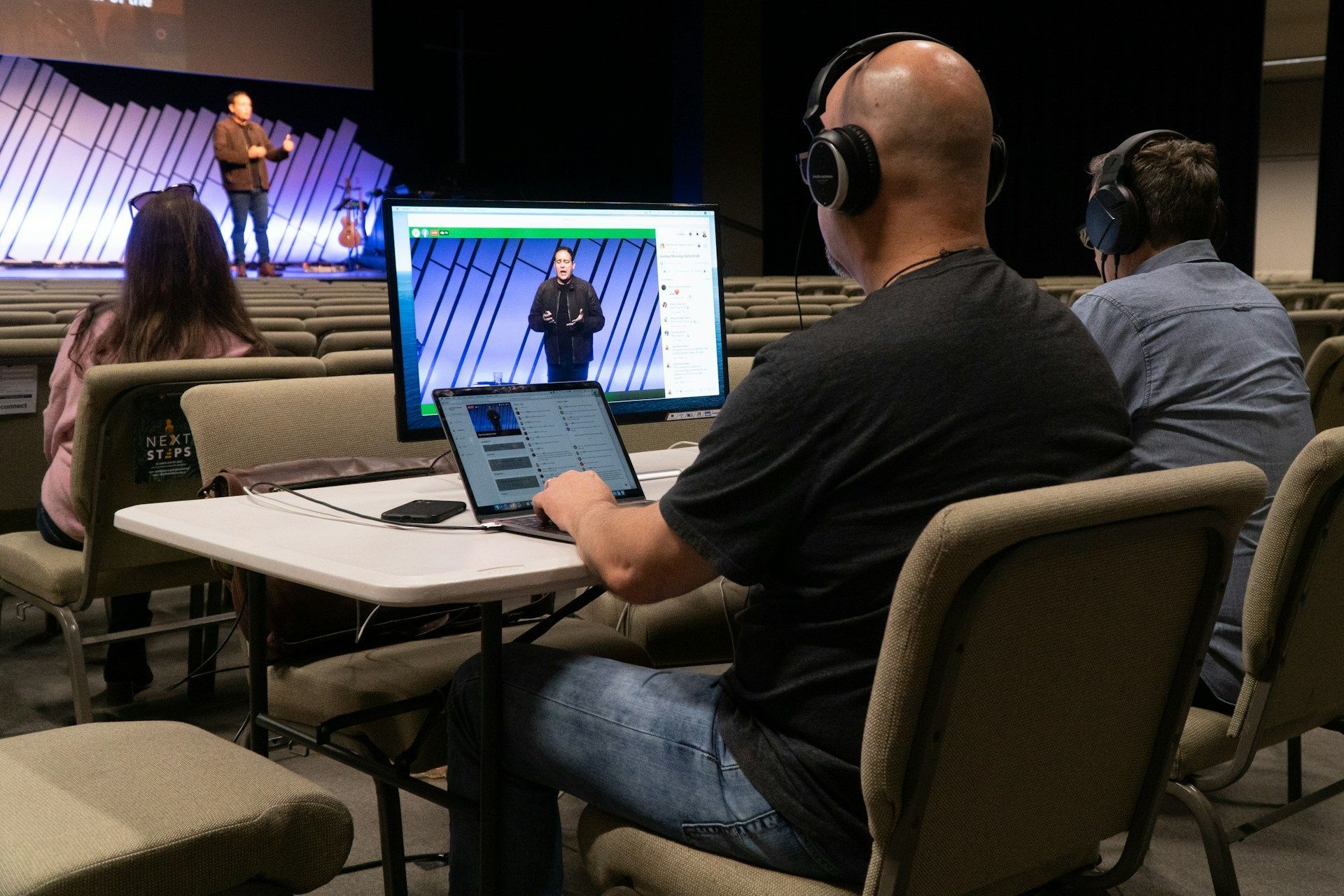Connect with Your Church Community Using Social Media
Social media has become an essential tool for churches to connect with their communities. By leveraging platforms like Facebook, Instagram, and Twitter, we can reach our congregation in ways that were never possible before. Social media allows us to share updates, promote events, and engage with our members in real time. It helps create a sense of community and keeps everyone informed and involved.
Connecting with our church community through social media also provides a unique opportunity to reach beyond our immediate members. It allows us to share our message of faith with a broader audience, attract new visitors, and provide spiritual support to those who may not be able to attend services in person. Social media can be a powerful extension of our church's mission, helping us to serve and inspire more people.
By using social media effectively, we can enhance our communication, foster deeper relationships, and build a stronger, more engaged church community. With the right
strategies and tools from Faithworks Marketing, we can make our online presence a vibrant part of our ministry, supporting our goals and helping us connect with people on a meaningful level.
Understanding the Role of Social Media in Church Communication
Social media plays a crucial role in how we communicate within our church community. It’s a valuable tool for sharing important updates, promoting events, and engaging with members. By posting regularly, we keep everyone informed about what’s happening in our church. This constant stream of communication helps build a sense of connection and involvement among the congregation.
Moreover, social media provides a platform for us to share our church’s mission and values with a broader audience. We can post inspirational messages, share stories of faith, and provide spiritual support to those who follow us online. This can help attract new visitors and extend our church’s reach. It’s about more than just announcements; it’s about creating a digital space where faith and community can thrive.
Choosing the Right Platforms for Your Church
Selecting the right social media platforms for our church is essential for effective communication. Each platform has unique features and a different audience. For example, Facebook is excellent for building community and sharing detailed posts and events. It allows us to create groups, host live events, and engage with followers through comments and messages.
Instagram, on the other hand, is ideal for sharing visual content. We can post photos and short videos of church activities, inspirational quotes, and behind-the-scenes glimpses of church life. Instagram Stories and Reels provide opportunities to share more casual, timely content that can engage our younger audience. Twitter can be used for quick updates and engaging in conversations with the broader faith community.
The key is to understand where our congregation and potential new members are most active. By focusing our efforts on the platforms where they spend their time, we can maximize our reach and engagement. Balancing our presence across a few well-chosen platforms will ensure we’re effectively connecting with our church community.
Creating Engaging Content: Tips and Strategies
Creating engaging content is
key to capturing the attention of your church community on social media. Start by posting a mix of content types to keep things interesting. This can include inspirational quotes, Bible verses, and personal stories from members. Share photos and videos from recent events, services, or community projects to showcase the life and activities within your church.
Interactive content is another powerful way to boost engagement. Use features like polls, Q&A sessions, or live streams to connect directly with your audience. Encourage your followers to participate by asking questions or sharing their thoughts in the comments. This direct interaction helps build a sense of community and makes everyone feel more involved.
Timing and frequency also matter. Post regularly, but not so frequently that you overwhelm your followers. Analyze when your audience is most active to schedule posts during peak times. This ensures that your content is seen by as many people as possible, maximizing its impact.
Measuring Success: How to Track and Analyze Your Social Media Impact
Once you start posting content, it’s important to measure its success to understand what works best for your church community. Use social media analytics tools to track key metrics like likes, shares, comments, and followers. These metrics provide insights into which types of posts resonate most with your audience.
Engagement rate is a critical metric to watch. It indicates how effectively your content is connecting with your followers. High engagement rates mean your posts are compelling and relevant. Additionally, track the growth of your follower count over time. A steady increase suggests that more people are discovering and appreciating your content.
Don’t forget to measure the reach of your posts. Reach shows how many unique users see your content. A high reach means your message is spreading effectively. Use these insights to refine your content strategy, focusing on what works best and adjusting as needed to maintain and grow your audience.
Conclusion
Using social media to connect with your church community is an ongoing process that requires thoughtful planning and regular engagement. By understanding its role, choosing the right platforms, creating captivating content, and measuring your success, you can strengthen your church’s presence online and foster a more connected and engaged congregation.
For those ready to elevate their social media efforts, Faithworks Marketing offers comprehensive services tailored to churches. Let our
church marketing agency help you enhance your outreach and build a vibrant online community. Contact us today and take the next step in connecting with your congregation in meaningful ways.












